Hey, swrmers! Welcome back to the Hive! In our recent video on Sustainable Seafood, we talked about aquaculture projects having the potential to rebuild marine ecosystems and promote biodiversity. One such project taking place in New York Harbor is Billion Oyster Project, whose ambitious goal is to restore one billion live oysters to New York Harbor by 2035. We recently spoke with Danielle Bissett, the Assistant Director of Restoration at Billion Oyster, to learn more.
Read moreWater
The CO2 of H2O

Welcome to the Hive from home, QuarantineTV Edition! Today, we’re talking about water. Specifically, what type of emissions are produced bringing this magical elixir into and out of our lives. As our population increases, we need to learn how to adapt to sharing our limited freshwater resources. Water is essential to life on Earth, and providing access that is more sustainable just makes sense.
Read moreThe seas are rising, but we’re running out of water
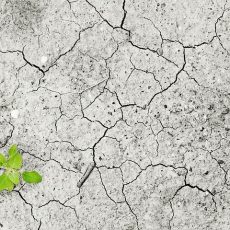
The trend of freshwater use worldwide over the last 100 years resembles that of exponential growth. It is a trend that is troubling because water is a finite resource that will only become scarcer as more of it is used. Such a contrast is the reason that awareness about water scarcity has become impossible to avoid. Environmental factors such as drought and saltwater intrusion are generally thought of first in regard to water scarcity, but the infrastructure and institutions tasked with delivering water to people can also cause water scarcity. Furthermore, climate change will only cause added stress to water resources, as more frequent and longer lasting droughts can be expected with rising global temperatures.
Read moreHydroelectric Power

In previous videos, we’ve talked about the sun, the wind, and even fossil fuels as renewable sources of energy. Today, we’re talking about the power of water.
Read moreThe Power of Water
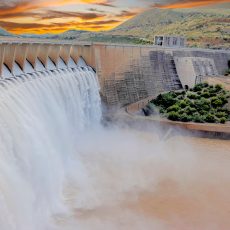
Recently, we’ve talked about the sun, the wind, and even fossil fuels as renewable sources of energy. Today, we’re talking about the power of water.
Read moreOur Wetlands are Drying up
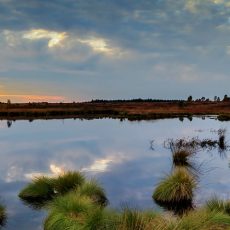
As is perhaps obvious by the title, wetlands are where water covers land – specifically, soil. The water may be salt or fresh, or anywhere in between. And examples of wetlands are marshes, peatlands, deltas, rivers, lakes, (freshwater) and mangroves, estuaries, seagrass beds, coral reefs and lagoons (saltwater). They are picturesque, fragile, valuable – and in grave danger. Let’s explore some interesting facts about these essential ecosystems, and see what’s being done to save them.
Read moreCoffee, K-Cups & Sustainability
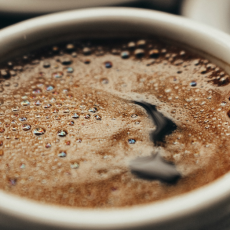
In the 1730s, Johann Sebastian Bach wrote, “Without my morning coffee I’m just like a dried-up piece of roast goat.” Almost 300 years later, the world of the 21st century seems to feel the same, with an
Read moreThe ugly wave of plastic

The sun is heating up, so it’s time to hit to beach! (I’d like to say “surf’s up!”, but it really doesn’t suit me). The beauty of the horizon, foamy waves crashing into the shore, the sand
Read morePlastic Free July…and all the time!

We’ve spent a little bit of time recently talking about plastic – the ugliness and danger of plastic waste in our oceans, and ways we can reduce our use of plastic. We all know that we need
Read more5 ways to be Water Wise
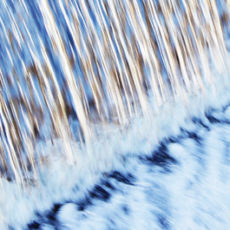
As the climate changes many major cities will face water shortages. Rising temperatures evaporate water from lakes and streams and shifting weather patterns reduce snow and rainfall leaving less fresh water for human use. Coupled with a rise in global population, demand for fresh water could outpace supply by 2030, according to a UN report.
Read more